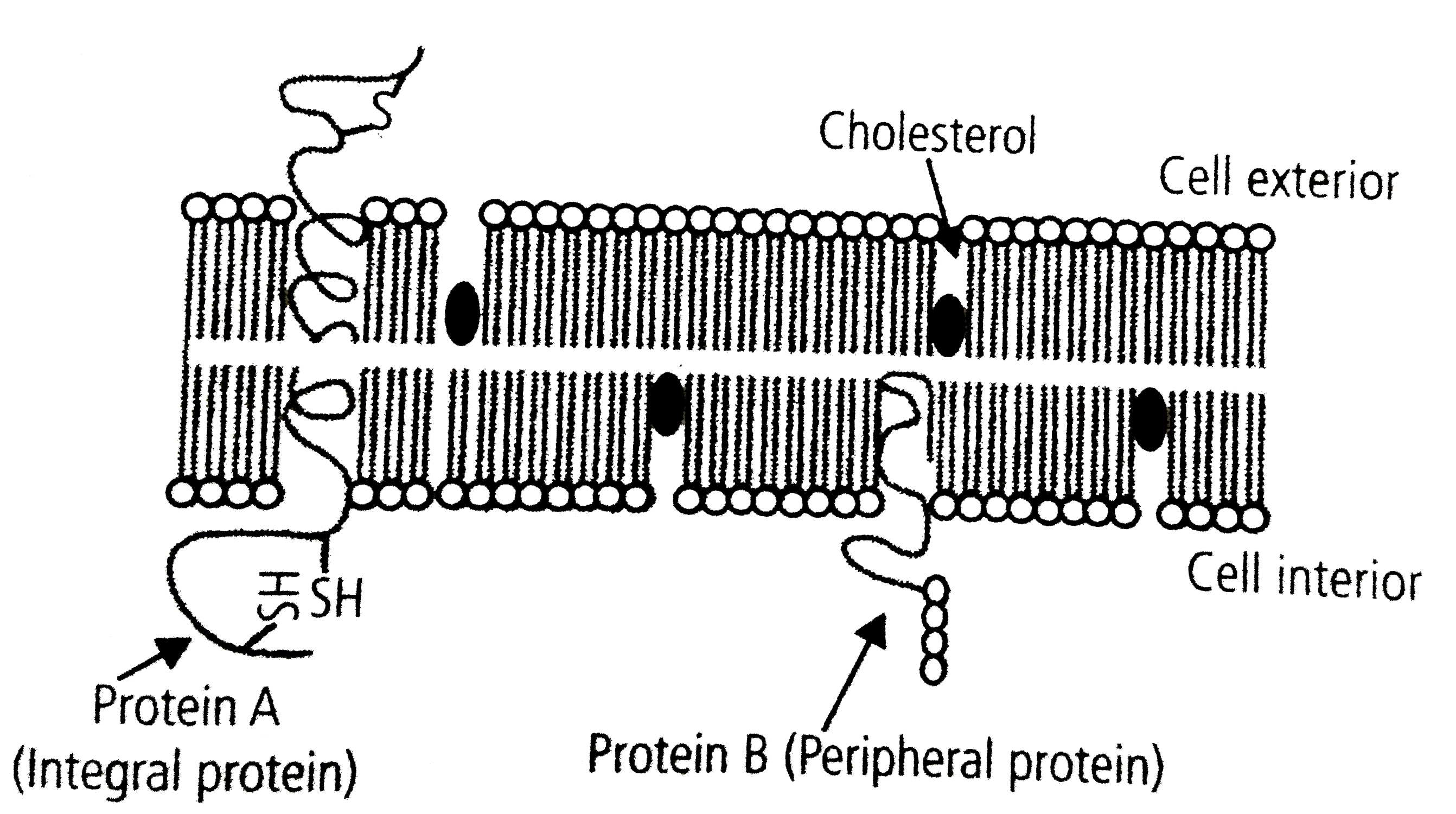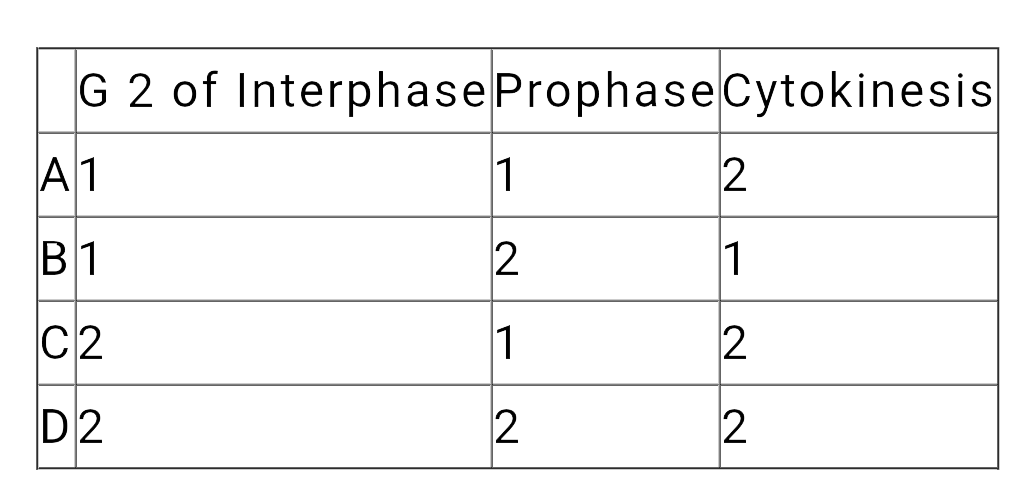pump is found in membranes of many cells, like nerve cells. It works against electro chemical gradient and involve an integral protein ATPase. For each molecule of ATP used
3 ions of are pumped out and two are taken in
3 ions of are taken in and are pumped out
2 ions of are thrown out and are absorbed
3 ions of are absorbed and are pumped out
The correct Answer is:B
During the generation of nerve impulse in muscle fibres + 3Na are pumped in and + 2k pumped out to generate action potential.
Similar Questions
Na+ - K+ pump is found in membranes of many cells like nerve cells. It works against electrochemical gradient and involves an integral protein ATPase. At the cost of one ATP, ionic gradient across the resting member is maintained by Na+ - K+ pump by transporting
View SolutionHow many ions of Na+ and K+ are pumped out and in sodium-potassium exchange pump for each molecule of ATP used ?
View Solution
Knowledge Check
Na+−K+ pump is found in membranes of many cells, like nerve cells. It works against electo chemical gradient and involve an integral protin ATPase. For each molecule of ATP used
A3 ions of Na+ are pumped out and two K+ are taken inB3 ions of Na+ are taken in and 2K+ are pumped outC2 ions of Na+ are thrown out and 3K+ are abosorbedD3 ions of K+ are absorbed and 3Na+ are pumped outThe Na+/K+ pump is present in the plasma membrane of mammalian cells where it-
Aexpels potassium from the cellBexpels sodium and potassium from the cellCpumps sodium into the cellDexpels sodium from the cellA student made a pictorial representation of a eukaryotic cell membrane and labelled the components as follows.

The student has made errors whikle labelling the components membrane. Which of the following hold true regarding the error ?
(i) Protein A should be labelled as trans-membrane protein only and not as integral protein.
(ii) The polarity of the protein A should be reversed because the cytosolic phjase always shows reducing environment.
(iii) Position of cholesterol molecule shouold be close to polar region as it contains a polar group.
(iv) Protein B should be labelled as integral membrane protein and not as peripheral gltcoprotein.A(i) and (ii)B(iii) and (iv)C(ii) and (iii)D(i) and (iv)
Name types of integral protein molecules present in the cell membrane.
View SolutionA transport which is carried out by membrane prote ins and uses energy to pump molecules against a concentration gradients is
View SolutionHow many copies of each different DNA molecule will be found in a cell at the beginning of each of these stages of the mitotic cell cycle ?

View SolutionNa+–K+ pump
(A) Transports 3Na+ inwards & 2K+ outwards. (B) Maintain ionic gradients by active transport. (C) Works against a concentration gradient. How many of above statements are false ?
View SolutionHow many of the given statements are incorrect ?
I. Connectivity of plasmodesmata is maintained by ER membrane called dictyosome .
II.Totallly buried proteins in membrane are integral protein while partially buried proteins are peripheral proteins.
III. The primary cell wall is capable of growth.
IV. The peroxisome is not included in the endomembrane system.
View Solution